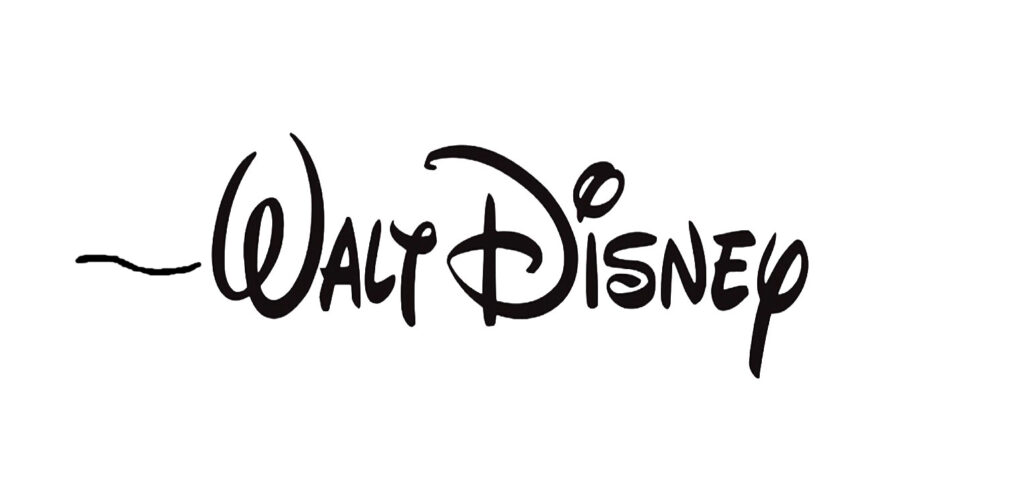VOICING PRINCESS & PRINCE
Snow White begins conversing with the doves who have flown along with her and assembled around the rim of the well. Thus is her “special power” established right away: she can communicate with animals and befriend them, which she does throughout the rest of the narrative. She informs the birds that they are convened at a wishing well and proceeds to demonstrate how it works. Her first spoken words amount to rhymed and metered recitative leading into the film’s first song “I’m Wishing”.
For his heroine’s voice Walt chose Adriana Caselotti (1916-1997) from among many auditionees. In order not to be influenced by their appearance, Walt had the voices of these women conveyed from the sound stage into his office over speakers. Caselotti’s father was a Hollywood music teacher and vocal coach. Her mother was a singer with the Royal Opera Theatre of Rome. According to J.B. Kaufman in his magnificent book about the film The Fairest One of All,
Snow White’s voice has remained perhaps the most controversial element of this universally loved picture; even some of Snow White’s most devoted admirers confess their distaste for Caselotti’s shrill piercing tones.[1]
Amusingly, the combination of Marjorie Belcher as live action model for Snow White and Adriana Caselotti as the princess’ voice had some of the studios’ artists referring to her collectively – and I’m sure affectionately – as “Mariana Belchalotti”.[2]
Snow White sings into the wishing well and it echoes back to her – essentially a duet with herself. In what might be considered a “musical gag”, the well harmonizes in thirds with her on the song’s last phrase. As she sings, the scene cuts to a Prince on horseback who just happens to be riding past the castle. Overhearing this enchanting ditty, he dismounts his large white stallion and scales the parapet in order to discover who is singing it. Snow White’s wish into the well is all about her hopes and dreams that a beloved will find her that very day. The camera shifts back and forth between the girl herself and her reflection rippling in the water at the bottom of the well, a wonderful image made possible by the use of Ub Iwerks’ new multiplane camera. In this reflection she is joined by the very one she is wishing for, the Prince, who sings a repeat of the lyric’s last word, “today”. (This situation is exactly duplicated over two decades later in Disney’s Sleeping Beauty.)
Pleasantly voiced by high-baritone Harry Stockwell (1902-1984), who later performed on Broadway for five years in Rodgers and Hammerstein’s first big hit musical Oklahoma, Snow White’s Prince like his successors in the later “princess” features, was problematical. Grim Natwick’s animation was assisted heavily by beginners Marc Davis (1913-2000) and Milt Kahl (1909-1987), both of whom later became top Disney animators. Live action filming of the Prince’s movement was performed by dancer Louis Hightower, whom Walt admired for his “sturdy legs”, which are quite evident in the character’s design. Hightower was another student from the Belcher Studio and had already partnered there with Marjorie Belcher. He was killed during World War II.[3] Even with the assistance of rotoscoping, the Prince’s movement could not achieve the kind of credibility it lent to Snow White. Though his role in the film initially included many more scenes – most prominently a daring escape from the Queen’s dungeon – these were gradually abandoned one by one until his appearance became limited to this brief scene at the film’s beginning and another even briefer at its end. (Some of these forgone ideas finally made it to the silver screen in Disney’s Sleeping Beauty.)
[1] Kaufman, J.B.: op. cit., p. 48.
[2] Bohn, James: op. cit., p. 65.
[3] Bohn, James: op. cit., p. 64.
